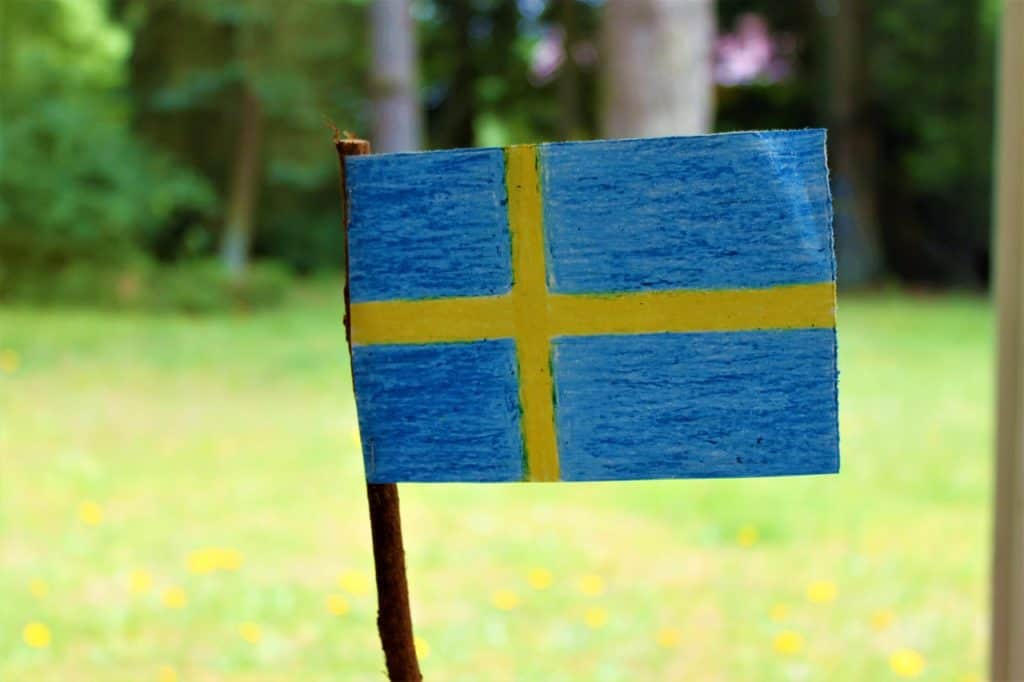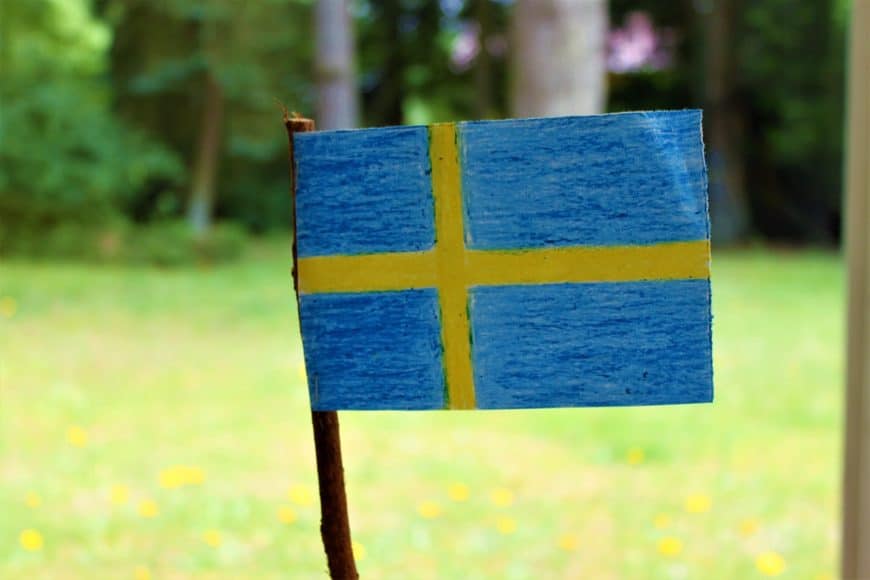
Imagine brewing a cup of coffee that’s velvety smooth, free of bitterness, and packs a stronger caffeine punch—all thanks to a raw egg. Welcome to Swedish Egg Coffee, a unique brewing method that’s been captivating coffee enthusiasts with its rich history and distinctive flavor.
Despite its name, this isn’t a staple in modern Sweden but a tradition born from Scandinavian ingenuity, particularly among immigrants in the American Midwest.
In this guide, we’ll explore the origins, cultural significance, and step-by-step recipe for Swedish Egg Coffee, plus why it’s making a comeback among coffee lovers today.
What Is Swedish Egg Coffee?
Swedish Egg Coffee is a brewing technique that combines coarsely ground coffee with a raw egg (sometimes including the shell) before simmering it in boiling water. The egg acts as a natural filter, binding to impurities and tannins in the coffee, resulting in a clear, smooth brew with minimal bitterness.
The process creates a creamy texture without any eggy taste, making it a delightful surprise for those who try it. Often called “church basement coffee” in the Midwest, it’s a method rooted in resourcefulness and tradition, perfect for large gatherings or a morning at home.
The History and Origins of Swedish Egg Coffee
Contrary to its name, Swedish Egg Coffee didn’t originate in Sweden but among Scandinavian immigrants, particularly Swedes and Norwegians, who settled in the American Midwest in the mid-1800s. Coffee was a beloved staple for these immigrants, but the beans available were often low-quality, and filtration methods were rudimentary. To make their coffee smoother and stretch limited supplies, they turned to eggs—a cheap, protein-rich ingredient that clarified the brew by clumping grounds together and reducing acidity.
Historical records, like Fanny Farmer’s The Boston Cooking-School Cook Book (1896), note that egg coffee imparted a “rich flavor,” and old Swedish cookbooks occasionally referenced egg whites or even fish skin to extend coffee grounds. However, in modern Scandinavia, this method is virtually unknown, replaced by drip coffee makers since the 1970s. In the U.S., the tradition persists in Lutheran church gatherings and Nordic-American households, especially in Minnesota, where it’s a nostalgic nod to heritage.
Swedish Coffee Culture and the Art of Fika
Sweden is a coffee-drinking powerhouse, ranking among the world’s top consumers with an average of 3.2 cups per person daily. Coffee isn’t just a beverage; it’s a cultural cornerstone, woven into the fabric of social life through fika. Fika is both a noun and a verb, describing the act of pausing for coffee and a sweet treat—think cinnamon buns, cardamom buns, or cookies—while connecting with friends, family, or colleagues. It’s a deliberate break to unwind, bond, and savor the moment, whether at a café, workplace, or home.
While Swedish Egg Coffee isn’t typically served during fika in Sweden (where drip coffee reigns supreme), its communal roots align with fika’s emphasis on shared experiences. In the Midwest, egg coffee’s ability to brew large batches made it ideal for post-church fika-style gatherings, reinforcing its cultural significance among Scandinavian-Americans.
Why Swedish Egg Coffee Stands Out: Benefits and Appeal
Swedish Egg Coffee offers several advantages that make it a favorite among coffee aficionados:
- Smoother Flavor: The egg whites bind to tannins and impurities, reducing bitterness and acidity for a mellow, velvety cup. The optional eggshell, rich in calcium carbonate, further neutralizes acidity, enhancing smoothness.
- Stronger Caffeine Kick: By clarifying the brew, the egg allows for longer extraction without bitterness, boosting caffeine content. This was a game-changer for frugal immigrants who could use fewer grounds for a potent brew.
- Creamy Texture: The egg yolk contributes a subtle richness, mimicking the mouthfeel of nitro coffee without added dairy.
- Resourcefulness: Historically, eggs were more accessible than milk or cream, making this a practical way to elevate coffee’s taste in resource-scarce settings.
While some claim the egg adds nutrients like protein, boiling likely diminishes any significant nutritional boost. The real draw is the taste and texture, which have sparked renewed interest on coffee blogs and social media, where enthusiasts share recipes and experiments.
How to Make Swedish Egg Coffee: A Step-by-Step Recipe
Ready to brew your own Swedish Egg Coffee? This recipe yields one cup but can be scaled up for a crowd. For larger batches, one egg suffices for up to 10 cups, though some prefer one egg per person for a richer flavor. Here’s what you need and how to do it.
| Ingredient | Quantity | Notes |
|---|---|---|
| Coarse-ground coffee | 1–1.5 tbsp | Medium to coarse grind, similar to French press |
| Raw egg | 1 medium | Use fresh, pasteurized eggs for safety |
| Water | 1 cup | For boiling |
| Ice-cold water | 1 cup | Keep in freezer briefly to ensure it’s very cold |
| Equipment | French press or fine-mesh sieve | To filter the final brew |
Instructions:
- Boil the Water: Bring 1 cup of water to a rolling boil in a saucepan or enamel coffee pot over medium-high heat.
- Mix Egg and Coffee: In a small bowl, crack the egg (shell optional, crushed if used) and combine with the coffee grounds. Add 1–2 tablespoons of cold water to form a paste, stirring until well-mixed. Let it sit for 30 seconds to allow the coffee to “bloom,” releasing bitter CO2.
- Add to Boiling Water: Once the water is boiling, carefully pour in the egg-coffee mixture. Reduce heat to a simmer and stir occasionally for 3–5 minutes. Watch closely to prevent overflow, as the egg can cause foaming.
- Cool and Clump: Remove the pot from heat and pour in the ice-cold water. This cools the mixture and causes the egg and grounds to clump into a “raft” that sinks to the bottom or floats to the top.
- Filter and Serve: Let the mixture sit for 8–10 minutes. Pour the coffee through a French press or fine-mesh sieve into a cup or carafe to remove any remaining grounds or egg bits. Serve black or with cream and sugar, as desired.
Safety Note: Raw eggs carry a risk of salmonella. Use fresh, pasteurized eggs, and ensure the boiling process cooks the egg thoroughly. If concerned, consider modern variations where the egg is pre-boiled.
Modern Trends and Revival
Swedish Egg Coffee is experiencing a renaissance among coffee enthusiasts, fueled by its quirky charm and smooth profile. Coffee websites and social media platforms highlight it as a “must-try” for adventurous drinkers, with baristas experimenting with eggshells alone or vegan alternatives (though these often fall short of the original).
In the Midwest, it remains a staple at events like the Minnesota State Fair, where Lutheran churches serve it to preserve tradition. Globally, it’s compared to Vietnamese egg coffee, though the latter is sweeter and foam-based rather than clarified.
Pairing Swedish Egg Coffee with Fika Treats
For an authentic fika experience, pair your egg coffee with traditional Swedish pastries. Favorites include kanelbullar (cinnamon buns), kardemummakaka (cardamom buns), or mazariner (almond tarts). The coffee’s smooth, strong profile complements these sweet, spiced treats, enhancing the social ritual of fika.
Final Thoughts
Swedish Egg Coffee is more than a quirky brew—it’s a testament to Scandinavian resourcefulness and a bridge to cultural traditions like fika. Whether you’re a coffee purist or an adventurous home barista, this method offers a smooth, bold cup that’s worth trying. So, grab an egg, some coarse grounds, and a French press, and brew a taste of history.

